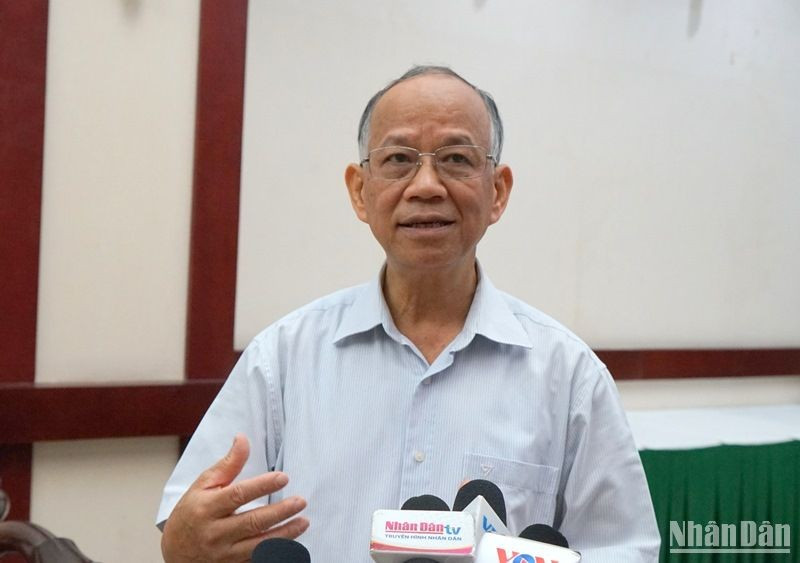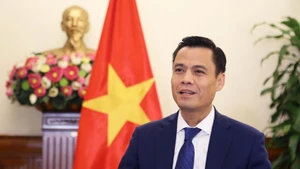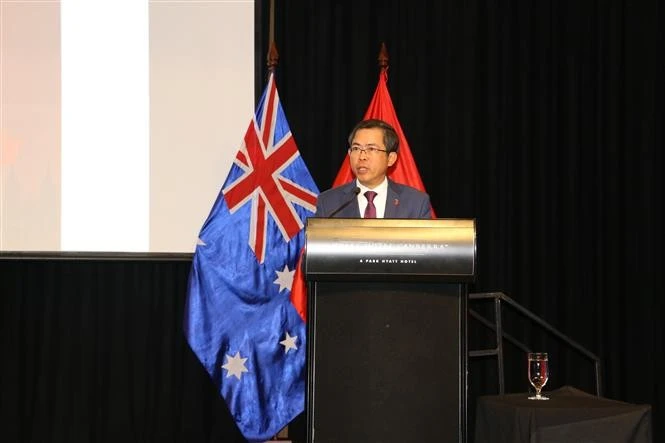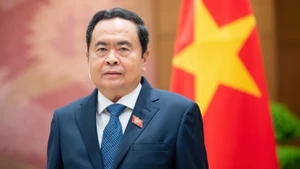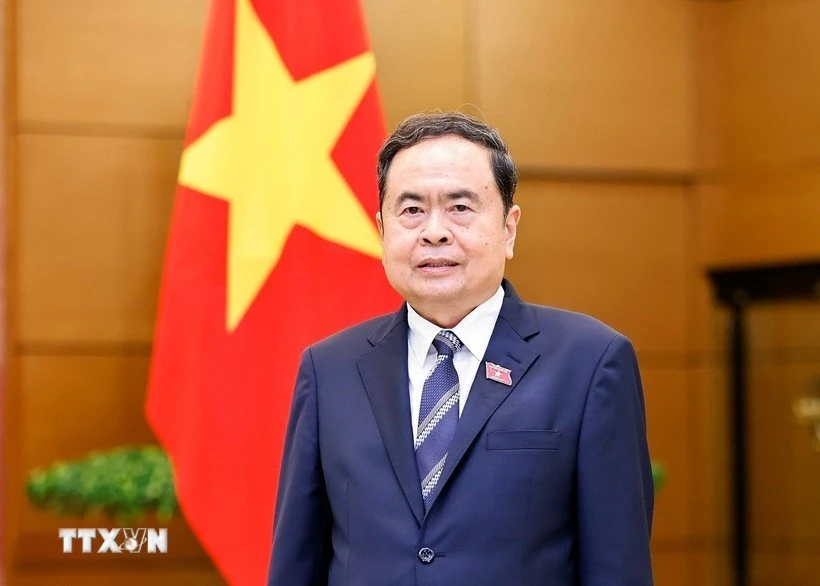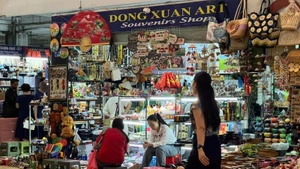Four types of inflation appear simultaneously
Q: How do you assess Vietnam's inflation in the first 6 months of 2023?
A: Compared to the target of controlling inflation at less than 4% set by the National Assembly, with the consumer price index (CPI) increasing by 3.29% in the first 6 months, Vietnam is one of the countries with high CPI growth. Even the increase of core inflation at 4.74% shows that inflation pressure in the remaining months of the year is quite large.
Therefore, the task set to neutralise this level of inflation until the end of the year is very tough, just like the task of GDP growth at 6.5%, while GDP in the first 6 months of 2023 only increased by 3.72%.
High inflation is the consequence, resonance and accumulation of many causes. First of all, one of the main reasons is the long-term result from the economic stimulus process in the past few years with the controlling of COVID-19 pandemic, especially the introduction of financial and monetary policy packages towards easing and support, and we are heading back in this direction.
The second reason is associated with cost-push, which includes the cost of imports from commodities such as iron, steel, gasoline, oil, etc., and other factors that originate abroad. They and domestic cost-push, including price increases and other costs, create aggregate costs that drive prices up.
The third reason is the disruption of the supply chain, leading to a scarcity of many items or temporary shortages in other areas at times.
In particular, high inflation is also driven by explosive demand associated with tourism, production and business activities following COVID-19 pandemic, which leads to demand-pull inflation.
Finally, domestic inflation is tied to world inflation in a pervasive trend. In the context of an open economy like Vietnam, the world’s growth and inflation level will affect Vietnam.
In the world, inflation was still quite high in the first half of 2023. As a result, Vietnam had to suffer pressures related to inputs and exchange rates, thus leading to imported inflation.
In short, in the first half of 2023, Vietnam faced 4 types of inflation at the same time, corresponding to four groups of reasons, namely monetary inflation, cost-push inflation, demand-pull inflation and imported inflation.
In the first half of 2023, Vietnam faced 4 types of inflation at the same time, corresponding to four groups of reasons, namely monetary inflation, cost-push inflation, demand-pull inflation and imported inflation
Dr. Nguyen Minh Phong
Q: In the last six months of this year, what factors will affect inflation in the country?
A: I think that in the last 6 months of the year, there are two important factors that are forecasted to continue. The first is monetary inflation, as we are almost back to the general direction of the Government where support is given to businesses to recover growth.
Therefore, the easing of credit, increase of credit room, reduction of conditions on lending interest rates are on the rise, causing monetary inflation to continue to maintain pressure. Thus, from now until the end of the year, monetary inflation is likely to increase.
Secondly, cost-push inflation could also accelerate further. In addition to the factors related to cost-push inflation from the outside due to imports, there are increases in the domestic market, associated with the increase in the costs of business premises according to new price directions and associated with the recent salary increases.
Meanwhile, demand-pull inflation and imported inflation will decrease because the world is experiencing a gradual decrease in the level of general inflation and the demand-pull level is also decreasing thanks to the effective opening up and good balance of the demand for goods.
In short, from now until the end of the year, the pressure of monetary inflation and cost-push inflation will continue to exist, while demand-pull inflation and imported inflation will gradually decrease.
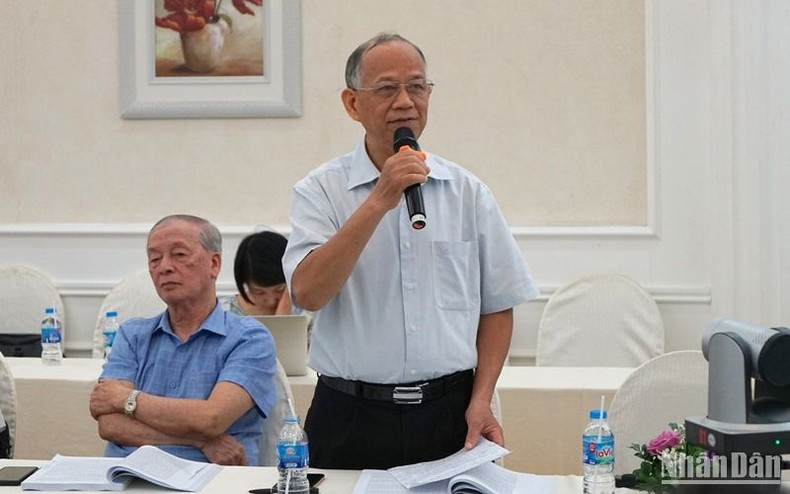 |
| According to Dr. Phong, from now until the end of the year, the pressure of monetary inflation and cost-push inflation will continue to exist, while demand-pull inflation and imported inflation will gradually decrease. |
Paying attention to the negative side of anti-inflation policy
Q: In your opinion, from experience in controlling inflation, what should Vietnam do to control inflation well as per the target set by the National Assembly?
A: To fight against inflation, there are common lessons in the world and also principles. In particular, the most common lesson for combating monetary inflation is to raise interest rates and carry out activities calling for savings and tightening monetary and financial policies.
To combat cost-push inflation, it is necessary to take measures to curb the factors that increase cost-push, as well as the State's direct and support being needed to reduce these cost-pushes for businesses and people.
Besides, it is essential to diversify sources of supply and use substitute products to reduce pressure on a certain group of goods as well as dependence on one market. In that spirit, Vietnam should pay attention to the negative side of policies and apply policies flexibly depending on the time, goals and practices of the country as well as anti-inflation requirements.
In addition, it is crucial to develop proactive scenarios and ensure coordination. Moreover, the investment environment needs to be further improved to facilitate the private sector to reduce input costs while creating favourable conditions for the growth and supply of society.
Finally, the relevant agencies should enhance their propaganda and control of speculative activities or create so-called expectation inflation. All of these measures will help Vietnam achieve set goals.
Reducing lending interest rates to increase economic growth momentum
Q: Reports have shown that interest rates are currently very high, up to 8.9%. How does this affect the investment in production and business expansion of the businesses? In your opinion, what solutions are needed to reduce this interest rate?
A: One of the "hot" solutions from now until the end of the year is the rapid reduction of real lending interest rates for businesses. It is good that the State Bank has made four adjustments to the operating interest rate in a downward direction and helped commercial banks reduce input costs, thereby allowing banks to reduce deposit interest rates.
 |
| According to experts, there is still a huge gap between lending rates and deposit rates-operating rates. (Illustration image: HONG ANH) |
Q: The country set a GDP growth target of 6.5% for this year. However, in the context of low growth in the first 6 months, a high growth rate needs to be achieved in the last 6 months of the year to reach this target. In your opinion, to approach the growth rate of 6.5%, what are the issues to be solved in the second half of the year?
A: Vietnam's growth is still low in the first half of the year and one of the most important reasons was high interest rates, which left businesses with no incentive to borrow and earn profit to then invest
Secondly, more importantly, businesses lack sales contracts, especially those in the textile, footwear, and wood industries. The outsourcing activities have been mostly reduced, with some markets witnessing decreases in contracts from 50%-70%.
Therefore, to promote economic growth momentum from now until the end of the year, it is necessary to focus on implementing the two most important tasks, including a rapid reduction of lending interest rates, diversification of consumer markets and seeking new markets in addition to clearing bottlenecks in old markets.
It is also crucial to find new growth from new business models and dynamics, including exploiting opportunities from free trade agreements (FTAs) as well as the reopening of economic activities, especially accepting the trend of repositioning the world's supply chain in the region, of which Vietnam is a fast emerging destination.
Thank you for your interview!
